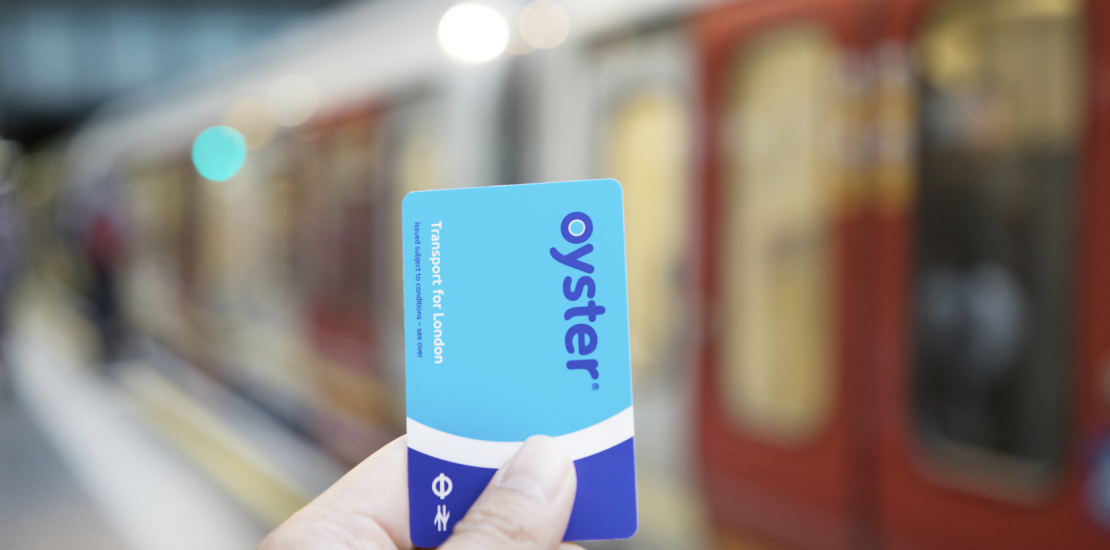- August 18, 2022

It is well known that good customer service is a key driver for all businesses to remain successful in retaining loyal customers, attracting new customers and remaining competitive in the market. Particularly in industries such as Transport where operators are more exposed to the general public day-to-day, it has become increasingly imperative, as demand is fluctuating and costs are snowballing in a post pandemic society.
Unlike most, they don’t just have a customer service department in an office, the majority of their staff interact with consumers on a daily basis through their drivers, agents, sales representatives and logistics coordinators. Therefore, when trying to enhance customer satisfaction rates, all points of contact with the end customer is something that must be considered.
But what is good customer service?
The societal shift to the ‘WFH’ style of working has led to fewer sluggish morning commutes and an aspiration to use public transport mainly for leisure, meaning customer demands and expectations have increased in regards to what is considered a positive customer experience. This is because travelling for leisure is far more personally motivated and includes a high level of emotion, with travel coming out of their own pocket. Historically, good customer service was deemed to rely on public transport operations running on time and without any delays, putting an onus on businesses to invest heavily in the maintenance and upkeep of their assets. The importance of this remains a top priority, however, technology developments now allow companies to offer real time tracking of flights, trains, buses and boats and be able to communicate to commuters any upcoming issues, giving them enough time to make alterations to their travel. Punctual service enhances the experience and has a positive influence on customer retention; travellers don’t always have a choice as there may be only one provider that offers the route.
Loyalty cards and points, pioneered by supermarkets and coffee shops, have now become commonplace in society in an attempt to reduce costs for customers as a trade-off for loyalty and user information. Airlines have loyalty points and air miles; buses use student and oyster cards. It is no secret that travel costs are rising, with train fares increasing this year at the highest rate in over a decade, yet no ‘beneficial’ loyalty schemes are available for train users. Allowing customers to earn back on the money they spend is a great way of providing good customer service, both whilst retaining customers and attracting new ones.
Finally, good customer service needs to be instilled throughout all levels of the business and embedded into the company culture. Although the recent problems regarding P&O were not solely related to the business delivering poor customer service, it left a sour taste in the mouth of many who will refuse to use the major transport company again. Whether P&O will ever recover is another question, but it will be up to the loyalty of the customers, built up through good customer service, that will keep them from sinking.
